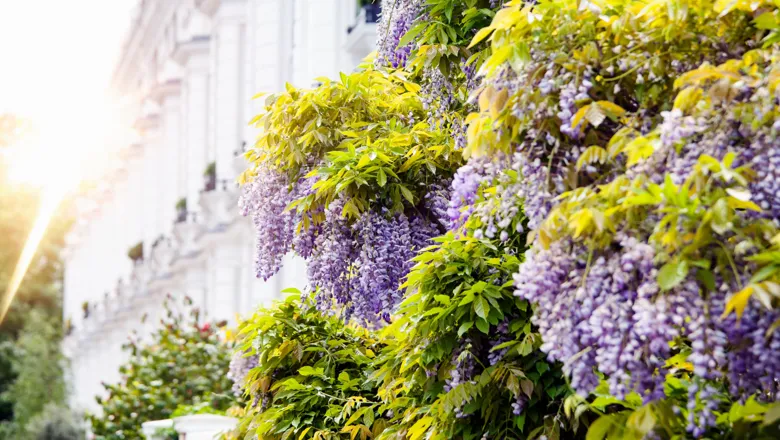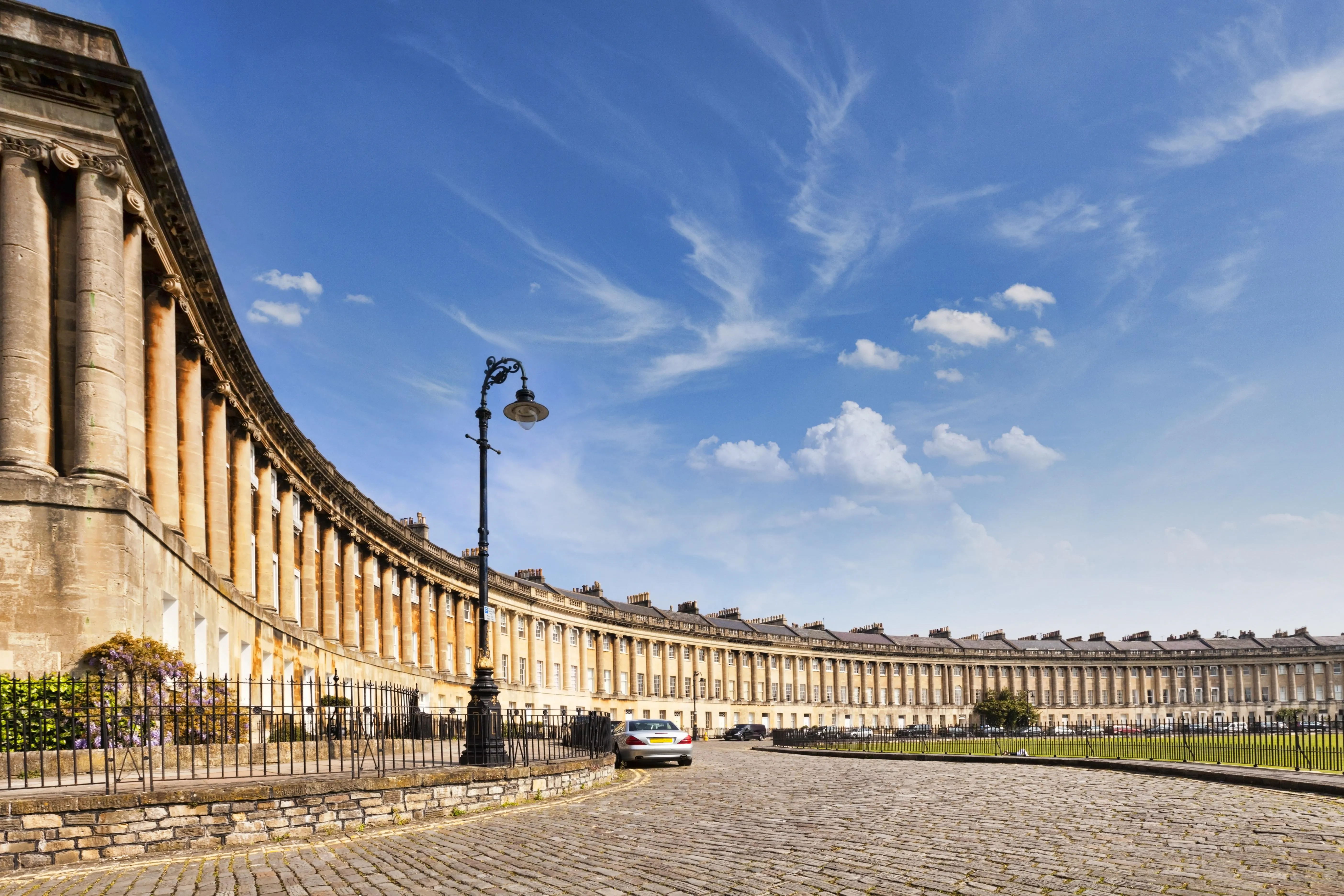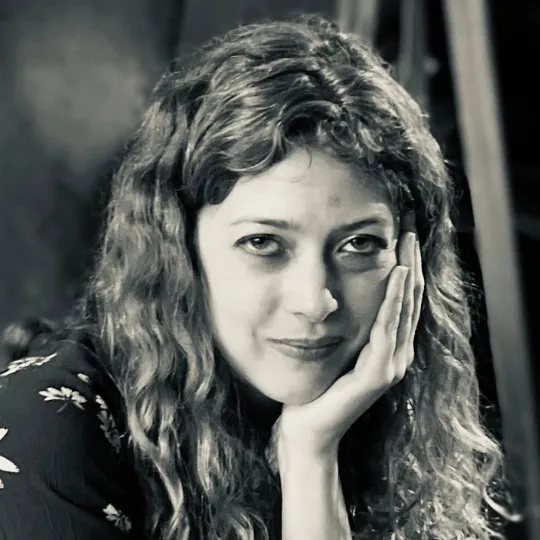17 May 2024
COMMENT: Why it's a mistake to dismiss Bridgerton as fluffy period drama
Dr Shelley Galpin, Lecturer in Digital Media and Culture Education
A couple of years ago, I was chatting to a friend about our recent television consumption. She was extolling the virtues of the US crime drama Breaking Bad. Not having seen it at the time, I didn’t have a great deal to say. “I’m loving Bridgerton at the moment,” I ventured. “Bridgerton is just fluff,” she replied. “Breaking Bad is art.

No doubt many readers would agree with her, although as a scholar of period drama, this response caused a number of protestations to bubble up within me. In the name of friendship I swallowed them, so am unable to tell you exactly what my friend considered was “fluffy” about Bridgerton.
It could be the heavy emphasis on romance, or maybe the lavish and pastel-toned aesthetics. It could even be the anachronistic approach to historical representation. What I do know is that this assessment of value will be familiar to many, whether fans of Bridgerton or not.
As many feminist screen theorists have pointed out, there is a persistent application of gendered value judgments that sees often male-dominated genres such as crime- or gangster-themed drama as worthy of serious attention. Meanwhile, “feminine” genres such as family melodrama or period drama are looked on with either patronising indulgence or belittling scorn.
However, fluff or not, the reception of Bridgerton – including record-breaking numbers of streams for its first-season release on Netflix – speaks to the continued popularity of the period drama genre. When teaching a module on contemporary television last year, the mention of Bridgerton in the course overview was the only one to elicit audible cheers of approval from my attending students.
Due to its engagement with the past, this genre – sometimes implausibly referred to as costume drama (as if actors in other genres don’t wear costumes) – has often been looked on with suspicion both by historians and the general public.
It is often contrasted with the historical drama genre, which is seen as a more serious form of historical engagement – and more likely to take a male-oriented view of history. Conversely, the period drama is often characterised as insubstantial and uninterested in “proper” or “authentic” historical representation – a problematic term.
Much as we might like to, none of us can actually time-travel back to previous eras in order to make informed judgments about the accuracy or otherwise of historical representations. Those dramas often perceived as “authentic” are often considered so simply because they reproduce familiar genre tropes from other period productions.

Exploring relatable experiences
Clearly, these are objections which could be levelled at Bridgerton, with its aforementioned anachronisms. These include the emphasis on outspokenly feminist characters and the show’s famous use of diverse casting, which the creators refer to as “colour conscious” rather than the more commonly used term, “colour blind”.
Evidently, this is a drama that is as much about us, now, as it is about the past. In recent years, critical analyses of the period drama have drawn attention to the importance of fantasy in the experience of viewing this genre. There is certainly a form of wish fulfilment to Bridgerton’s representations of female agency and the elimination of racial prejudice, and an almost fairy tale-like quality to its explorations of love, family and friendship.
The array of implausibly attractive, elaborately dressed characters, for whom bad weather only appears when serving as the backdrop to scenes of passion, certainly heightens Bridgerton’s visual and emotional appeal.
However, it does not follow that these elements detract from the ability of the show to address contemporary concerns. One of the pleasures the series offers is the opportunity to explore relatable issues within a fantasy period setting.
While most of us do not spend our time attending balls and hobnobbing with “the ton” – Bridgerton’s exclusive upper-class sphere – many of the show’s key themes, such as the joys and pains of first love, the fear of ending up alone, or the frustrations of familial pressure and control, have a universality that transcends the period setting.
In season one, principal character Daphne Bridgerton’s love story with the duke only blossoms after she puts a stop to her elder brother’s domineering behaviour. And in season three, the experiences of leading lady Penelope – who has finally escaped her mother’s penchant for citrus shades but is despairing that she will ever find a love match – will doubtless resonate with many viewers. Despite its setting, Bridgerton’s universal themes and timeless concerns ensure it is relevant and relatable in the 21st century.
Similarly, the situating of the drama within a specific moment of history might encourage reflections on past distributions of power, even while presenting a historical world that has clearly never existed.
Like many period dramas, Bridgerton represents a complex interplay of the real – whether historical moments or relatable issues – with the fantastical, in its deliberately heightened aesthetics and swoonworthy romantic resolutions.
So there will be as many reasons to enjoy the drama as there are viewers to watch it. For those who plan to binge the new series, who’s to say this blending of reality and fantasy is not art? Even if it is of the fluffy kind.
This article is republished from The Conversation under a Creative Commons license. Read the original article



